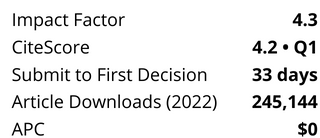Abstract
Residual aluminum in drinking water is widely concerning due to its potentially harmful effect on human health and drinking water distribution systems. The fate and fractionation of aluminum and the factors influencing residual aluminum in a full-scale Al-based drinking water treatment plant (DWTP) was presented in Jiaxing, China. The results showed that treated water residual aluminum concentration was less than 0.1 mg/L regardless of the seasonal change of raw water aluminum concentration. The addition of secondary flocculation had a negligible influence on treated water residual aluminum concentration due to the efficient removal of particulate aluminum by sand filter. Residual aluminum concentration of treated water was lower (mean 0.037 mg/L) in summer (average water temperature was 29 °C) than that (mean 0.067 mg/L) in winter (average water temperature was 16 °C). Significant positive relationships between particulate aluminum concentration and particle counts, as well as the total aluminum concentration of treated water and turbidity, were found. Those relationships provided the possibility to estimate residual aluminum concentration by monitoring particle counts and turbidity.




%20cropped.png?versionId=5947)